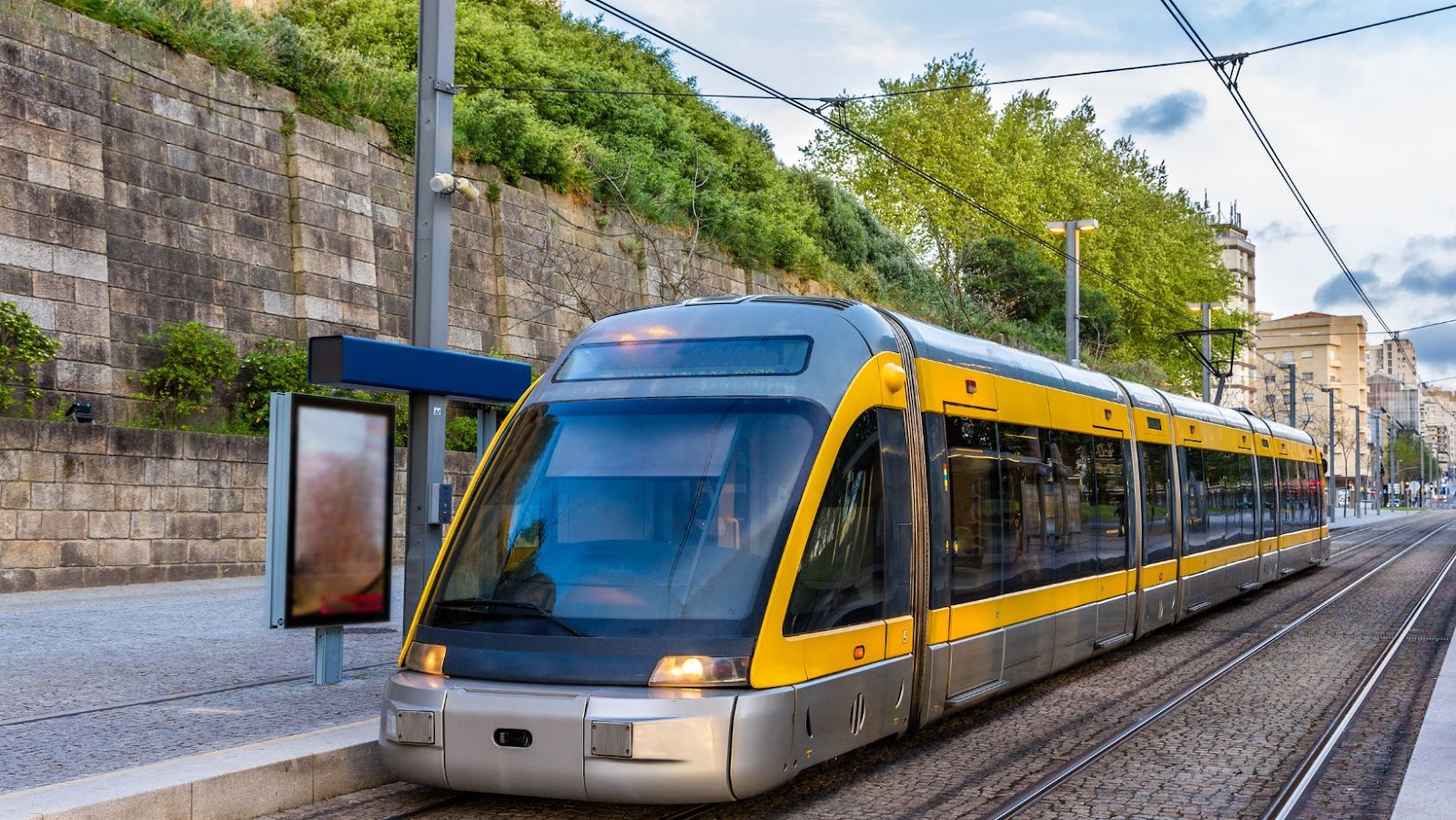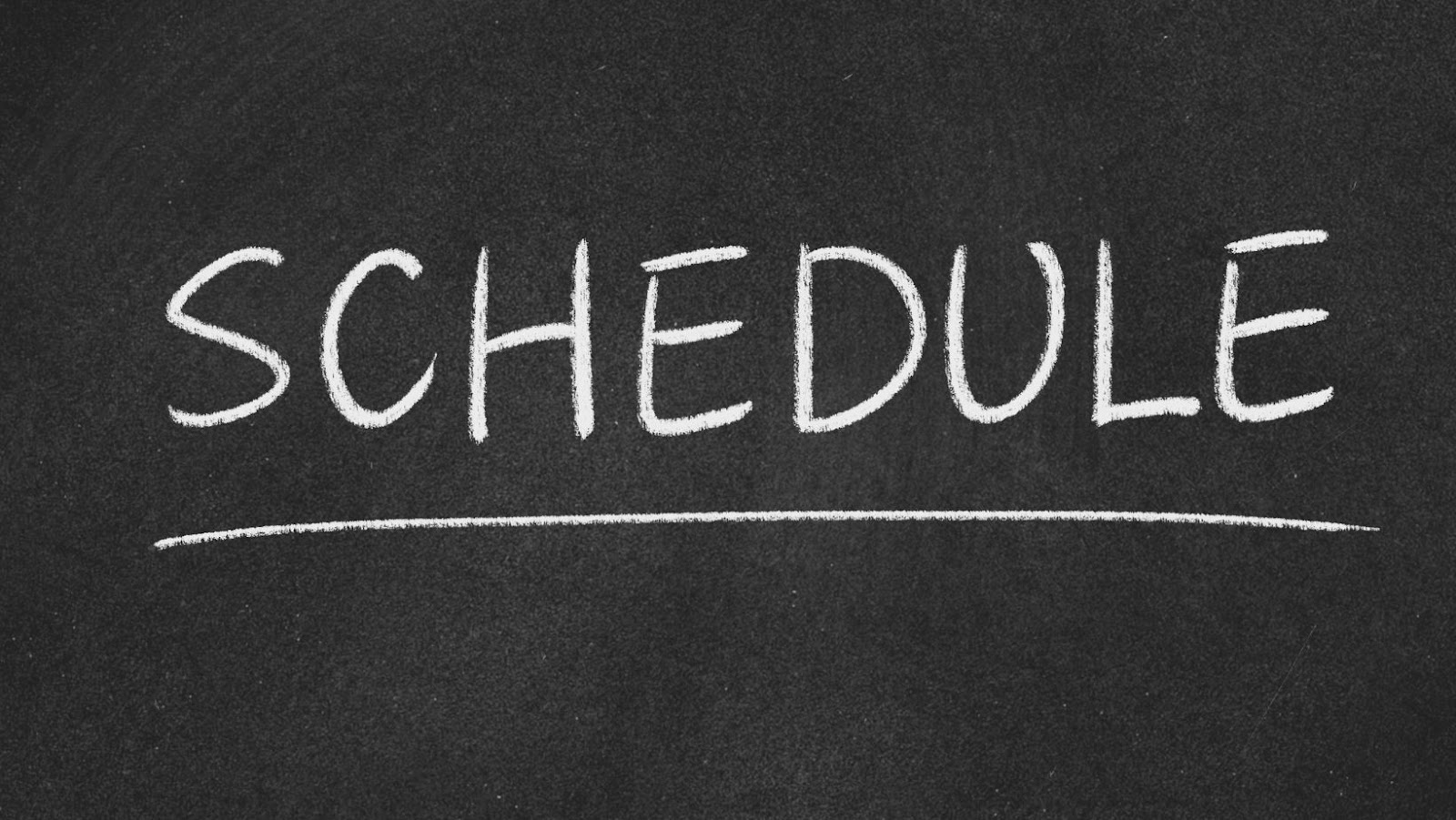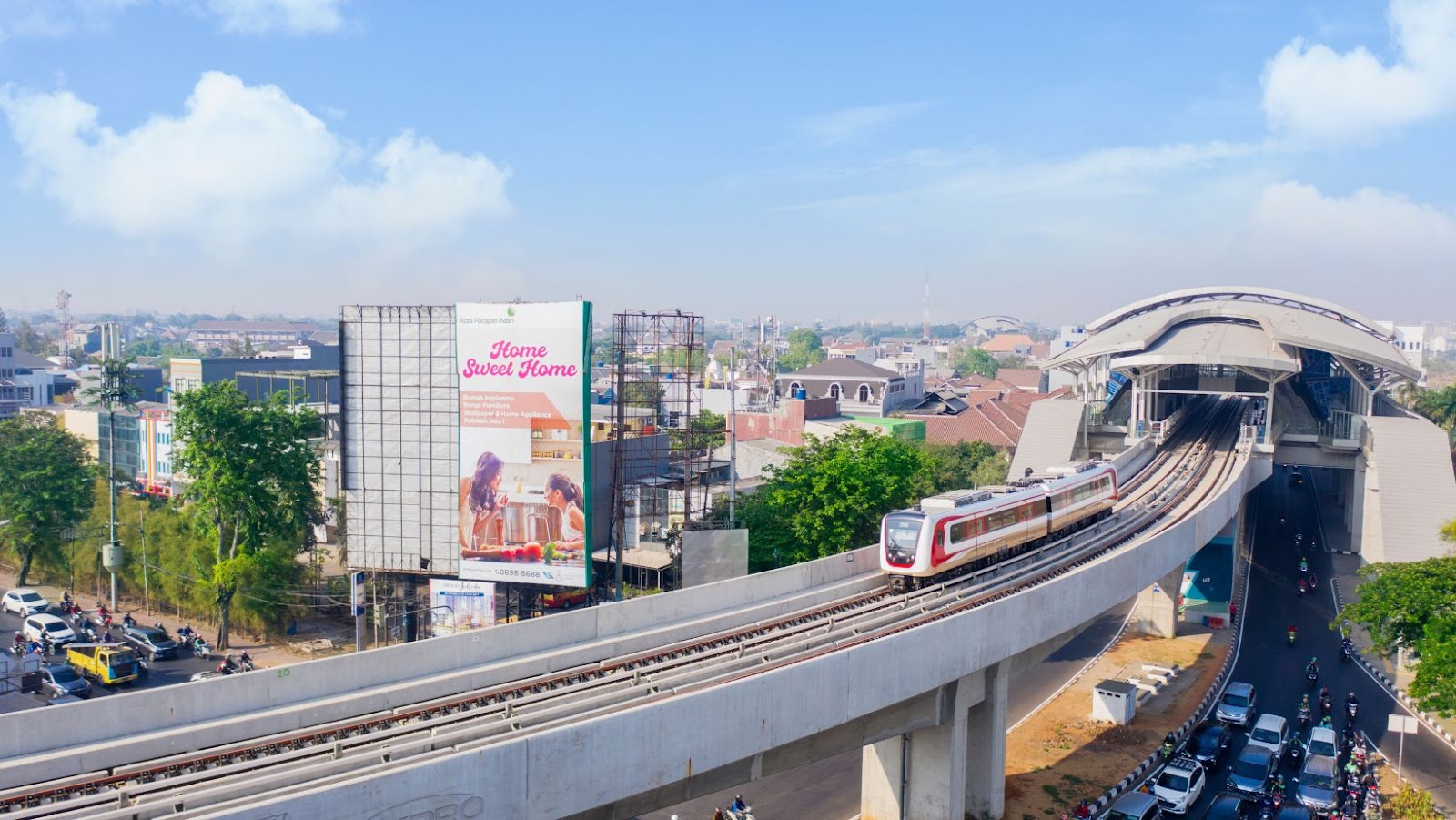 Tips for Efficient Travel: Easier With the Light Rail System
Tips for Efficient Travel: Easier With the Light Rail System
Light Rail Schedule Baltimore
Light Rail Schedule Baltimore is influenced by several key factors that determine the frequency and timing of trains. Factors such as peak commuter hours, special events in the city, maintenance schedules, and unforeseen circumstances like weather conditions can all impact the regularity of the light rail service. Understanding these factors can help commuters plan their journeys more effectively and minimize any disruptions they may encounter. By staying informed about these variables, passengers can better anticipate delays and adjust their schedules accordingly.
Reading the light rail schedule in Baltimore is a straightforward process that can be mastered with a simple step-by-step approach. The schedule typically consists of a list of stations along the light rail route, accompanied by departure times for each location. Passengers can easily identify their starting point and destination to determine the most suitable train to board. It’s essential to pay attention to the direction of travel indicated on the schedule to ensure that you are heading towards the correct destination. Additionally, familiarizing oneself with the time intervals between trains can help passengers gauge wait times and plan their journeys more efficiently. By following these steps, navigating the light rail schedule in Baltimore becomes a seamless and stress-free experience.
 The Impact of Light Rail Schedule on Commuting in Baltimore
The Impact of Light Rail Schedule on Commuting in Baltimore
Peak hours, typically during rush times in the morning and evening, witness the highest demand on Baltimore’s light rail system. These busy periods often result in more crowded trains and longer travel durations. In contrast, off-peak hours offer commuters a quieter and less congested travel experience, making it a preferred option for those seeking a more relaxed journey.
Weekdays and weekends exhibit distinct patterns in Light Rail Schedule Baltimore. On weekdays, the system tends to follow a more structured and frequent timetable to accommodate the higher volume of commuters traveling to and from work. Conversely, weekends often feature adjusted schedules with fewer trains running to reflect the reduced demand for transportation services during these days. This variation allows commuters to plan their journeys effectively based on their specific travel needs and preferences.
How to Navigate Delays and Unexpected Changes
To stay informed about service interruptions on Baltimore’s light rail system, passengers should regularly check official communication channels, such as the Maryland Transit Administration (MTA) website or app. These platforms provide real-time updates on delays, diversions, or any unexpected changes to the schedule. Stay vigilant while traveling by actively monitoring these channels to adjust your travel plans accordingly.
In case of significant delays or service disruptions on the light rail, passengers can consider alternative transportation options to reach their destination on time. Options such as ridesharing services like Uber or Lyft, traditional taxi services, or even local buses can provide backup travel solutions. Familiarize yourself with the available alternatives in advance to ensure a smooth transition in case of any unforeseen circumstances.
 Enhancements and Future Developments
Enhancements and Future Developments
Recent schedule updates have focused on optimizing peak hour services to meet commuter demands. By adjusting the frequency of trains during peak times, the Baltimore light rail system aims to reduce overcrowding and enhance passenger experience. These updates reflect a commitment to improving the efficiency and reliability of the service, ensuring that passengers can rely on a consistent schedule for their daily commute.
Planned improvements for the Baltimore light rail system include expanding service coverage to additional areas within the city. By extending the reach of the light rail network, more passengers will have access to convenient and sustainable transportation options. Additionally, upgrades to existing infrastructure and stations are in the pipeline to enhance passenger comfort and accessibility. These improvements are part of a long-term strategy to promote the growth and effectiveness of Baltimore’s light rail system. With a commitment to reliability and continuous enhancements, Baltimore’s light rail system is poised to provide commuters with a seamless and sustainable transportation experience.